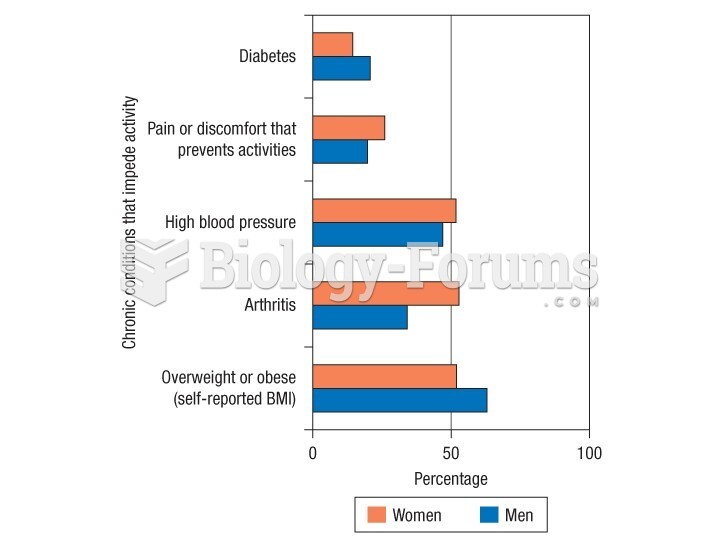|
|
|
Automated pill dispensing systems have alarms to alert patients when the correct dosing time has arrived. Most systems work with many varieties of medications, so patients who are taking a variety of drugs can still be in control of their dose regimen.
The Food and Drug Administration has approved Risperdal, an adult antipsychotic drug, for the symptomatic treatment of irritability in children and adolescents with autism. The approval is the first for the use of a drug to treat behaviors associated with autism in children. These behaviors are included under the general heading of irritability and include aggression, deliberate self-injury, and temper tantrums.
More than one-third of adult Americans are obese. Diseases that kill the largest number of people annually, such as heart disease, cancer, diabetes, stroke, and hypertension, can be attributed to diet.
Barbituric acid, the base material of barbiturates, was first synthesized in 1863 by Adolph von Bayer. His company later went on to synthesize aspirin for the first time, and Bayer aspirin is still a popular brand today.
More than 4.4billion prescriptions were dispensed within the United States in 2016.
 A rocky shore at low tide, showing the great abundance that can be attained by populations of intert
A rocky shore at low tide, showing the great abundance that can be attained by populations of intert
 Before the advent of vaccinations and antibiotics, infectious diseases such as cholera were the scou
Before the advent of vaccinations and antibiotics, infectious diseases such as cholera were the scou





